The three-storey, grand Former Vancouver Law Courts Building, situated on a city block bounded by Georgia, Howe, Hornby and Robson Streets, is a good example of Neo-Classical design in the Beaux-Art tradition, widely promoted for public buildings in North America during the late 19th and early 20th centuries.
Replacing the previous courthouse at Victory Square, it was designed by noted Victoria architect Francis Mawson Rattenbury (responsible for many prominent public buildings in British Columbia including the Legislative Building in Victoria), after winning a design competition in 1905. Construction began in 1906 and the provincial courthouse,containing 18 courtrooms,was opened in the fall of 1911, at which time it was praised as the finest building of its kind in Canada.
Check out “”Legislative Assembly of British Columbia”
By 1914, the city had outgrown the original building and a large new wing, connected to the main building by an enclosed two-storey corridor, was added to the western side of the building according to the 1912 designs of Thomas Hooper. It operated as such until 1979 when it was decided that the building could no longer accommodate the needs of the court and the decision was made to construct new facilities.
Vancouver architect Arthur Erickson was commissioned to design the new Law Courts House,located across the street south of the building,and to convert the former Court House into the Vancouver Art Gallery.In 1980, the building was designated as the Former Vancouver Law Courts National Historic Site of Canada.
Both the main and annex portions of the building are also designated “A” heritage structures by the municipal government. As a heritage site, it still retains the original judges’ benches and walls as they were when the building was a courthouse.
The building continues to be owned by the Government of British Columbia, although the Vancouver Art Gallery occupies the building through a 99-year sublease signed with the City of Vancouver government in 1974 who, in turn, leases the building from the provincial government.
Check out “Vancouver Art Gallery“
The building consists of three parts with two wings on west and east facades faced with inset Ionic columns flanking a massive projecting central pediment. The latter features an imposing formal portico supported by four columns and surmounted by a flat roof and a copper-clad central dome(with four semicircular occuli) on an elevated base.
On the north and south facades are granite pilasters. Rusticated Nelson Island granite cladding was used for the base section and smooth Haddington Island stone cladding for upper levels.Marble was imported from Alaska, Tennessee and Vermont.
Throughout the facade are decorative stone and plaster scrollwork with acanthus leaf, garland and wreath motifs and stone balustrades along the roof line.Some of the recessed and symmetrical fenestration have protruding granite sills and canopies.Cast iron grates are found above the foundation. Also on the west and east facades are massive granite stair entrances. The twin, ca. 1910 granite lions, on pedestals, symbolize British justice.
The original interior layout features a twinned, marble clad staircase with ornamental wrought iron balustrades; a central rotunda, beneath the dome on the mezzanine level, with a series of two-storey arcades; terrazzo flooring in fan and Greek key motif;tapered marble columns on the mezzanine level;plaster egg and dart,garland and wreath motifs on the ceilings, cornices and walls; British Columbia fir and oak for the paneling,cornices, wainscoting and architraves; and British Columbia and Alaskan marble for foyer, floors, baseboards, vestibule halls, stairs and risers.
Original signs identifying “OFFICES,” “LAND REGISTRY,” “POLICE” (with accompanying “Sheriff” signage) are still incised into offices on the north and south first floor level.
The front lawn and steps of the building has hosted a number of public gatherings and protest rallies, serving as the monthly meeting spot for Vancouver’s Critical Mass, as well as flash mobs, the Zombie Walk, pro-marijuana rallies and numerous environmental demonstrations.
The steps on both the Robson Street and Georgia Street sides of the building are also popular gathering spots for protest rallies. In the summertime, the Georgia Street side is also a popular place for people to relax or socialize.
Former Vancouver Law Courts Building: 800 Hornby Street, Vancouver, British Columbia V6z 2E1, Canada.

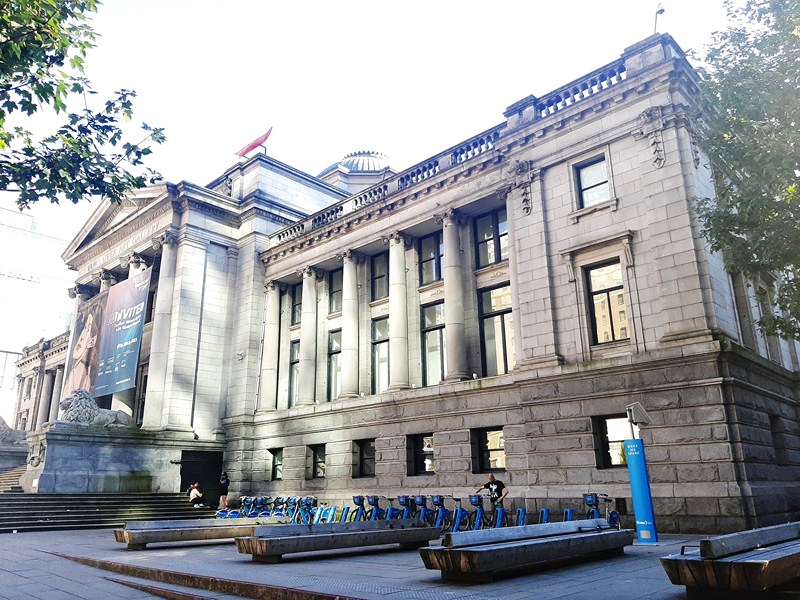
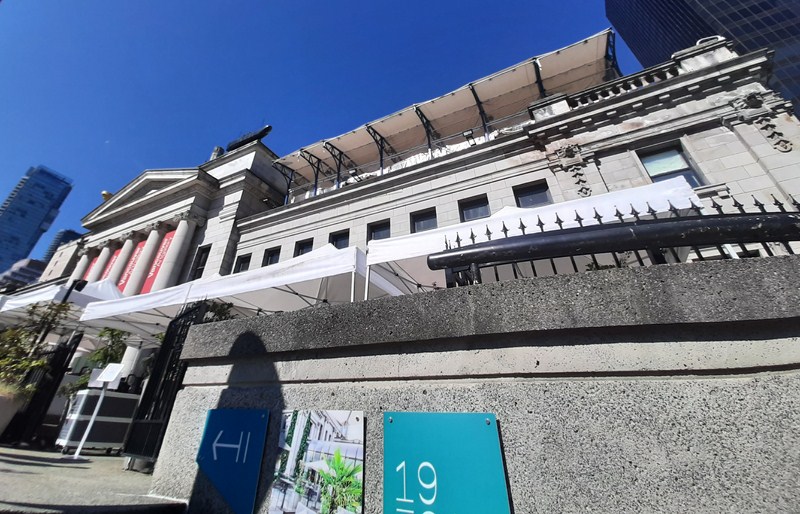
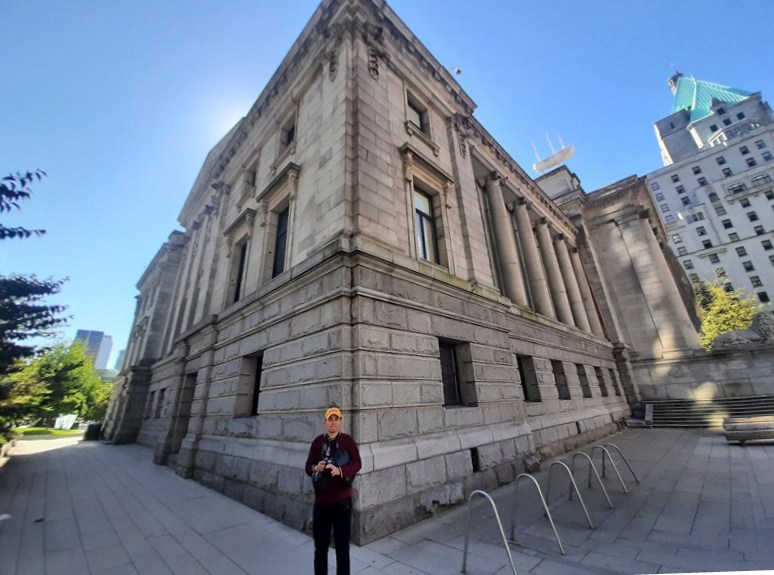
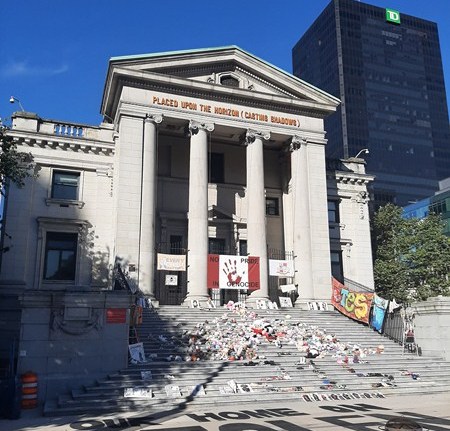

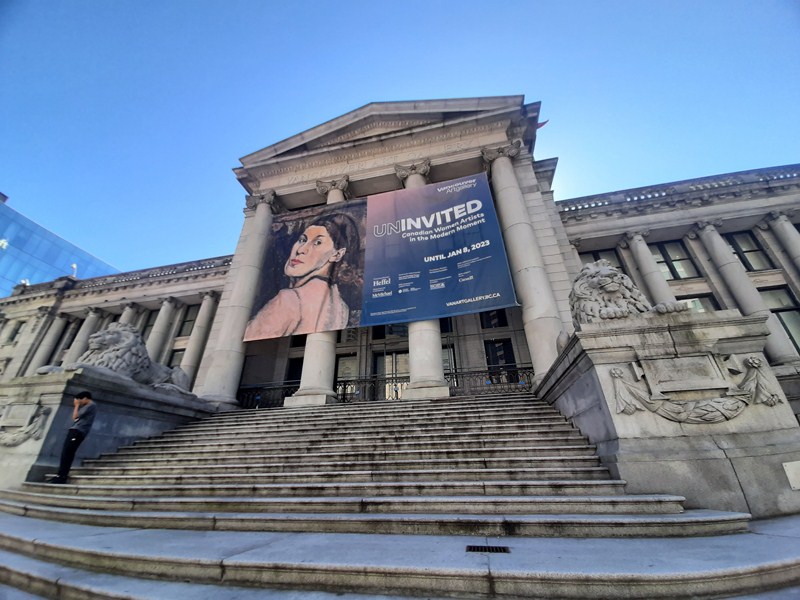
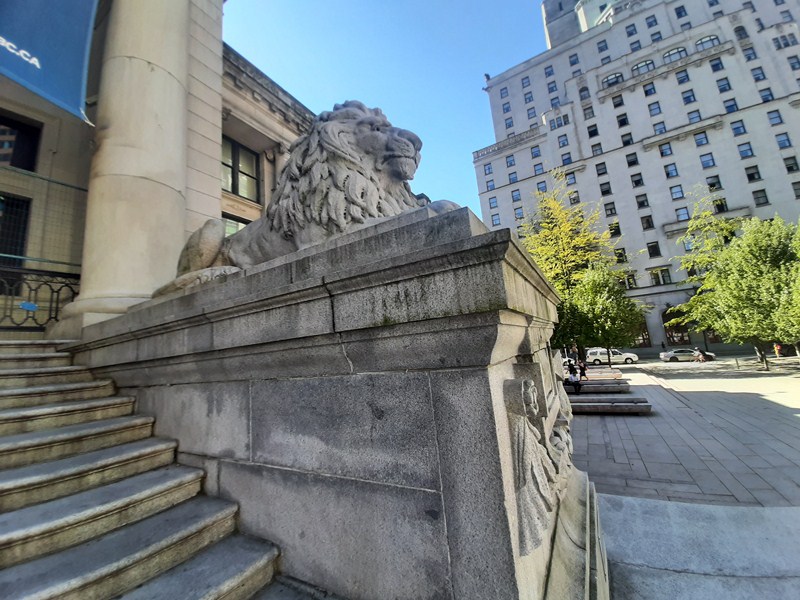


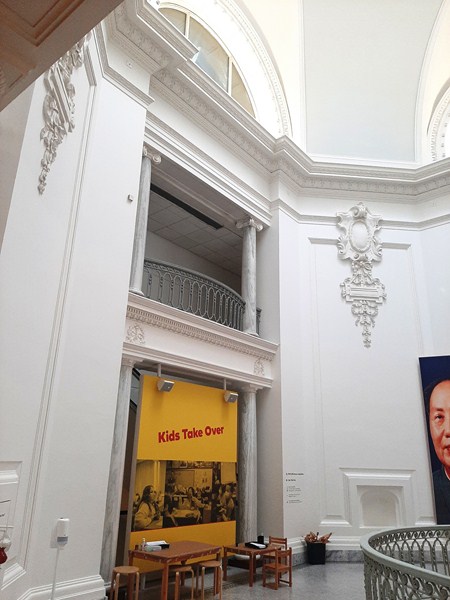
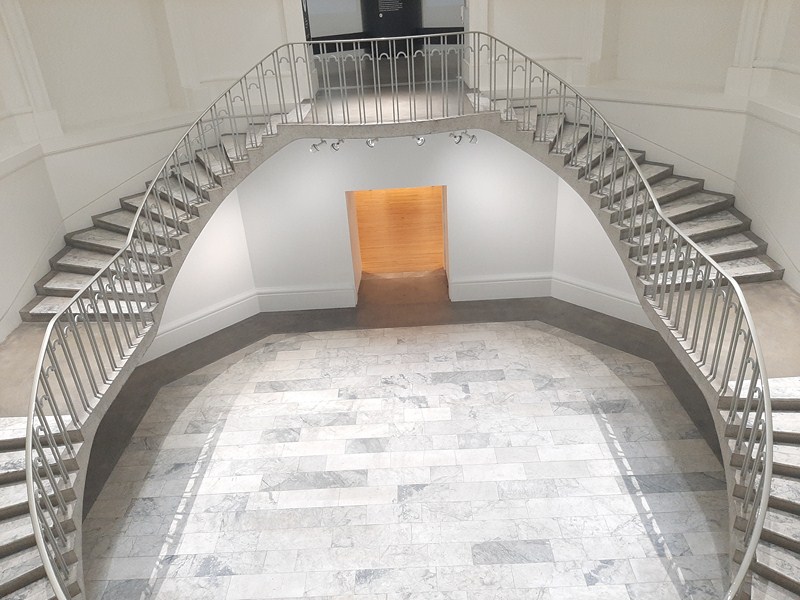
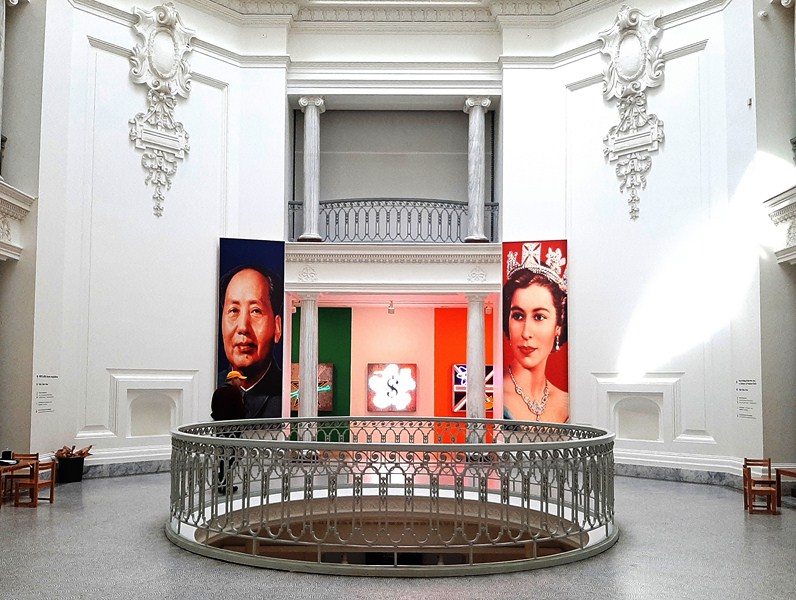
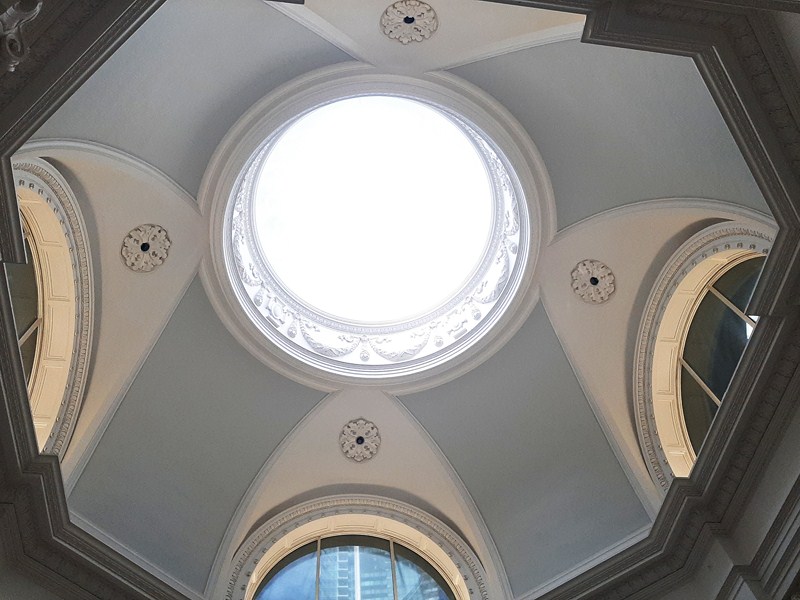
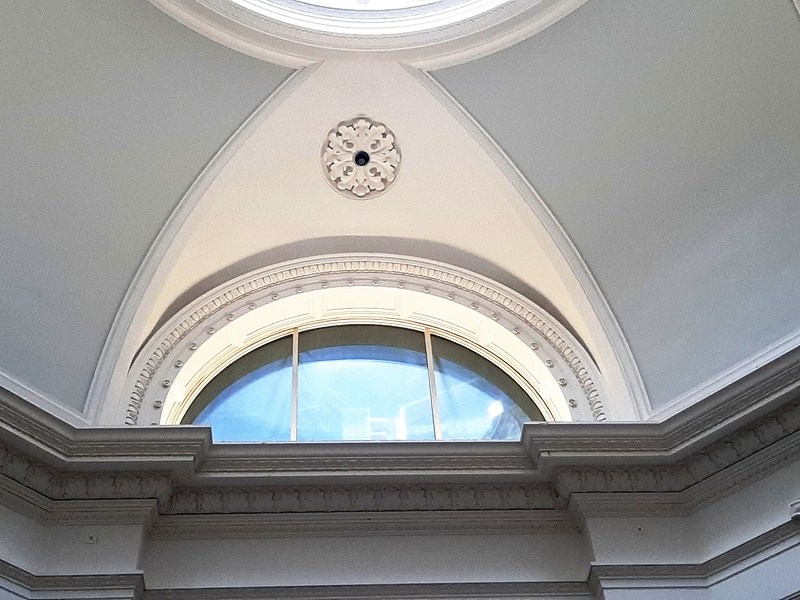
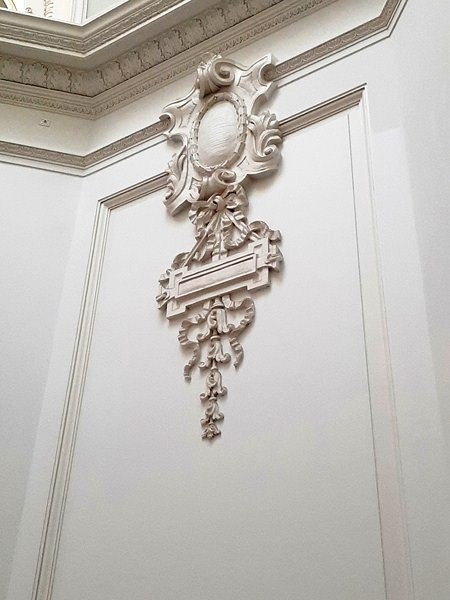
Dear benjielayug.com administrator, Your posts are always well-cited and reliable.